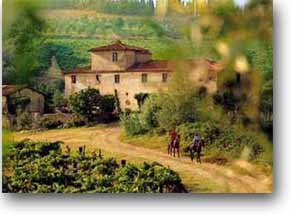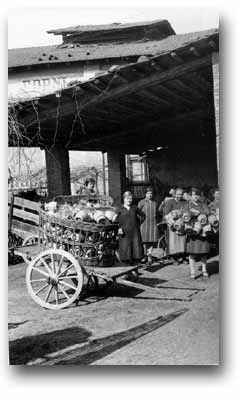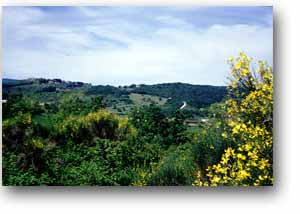Rurality, culture and development in Tuscany
Any initiative aimed at rural development - whether it be laws to support and back endangered trades and activities, or reafforestation financing or interventions for an eco-compatible agriculture - can increase its effectiveness if it succeeds in blending different categories such as territorial economy, environment and landscape; thus composing in a single unity elements at first glance different each from the other. The need to introduce the cultural element in development projects has been underlined in the recent international conference "Culture countsâ¦.", held in Florence during the past October. |  |
 | A development centred upon the idea of sustainability cannot put aside the enhancement of the local cultural element, as this is a key issue in it and possibly even the idea upon which it is based. Local culture in its turn finds in the territorial historical memory one of its fundamental aspects. We firmly believe in the importance of conserving such memory in the face of changes brought about by the economy, and the need therefore to take care of and enhance our cultural values. A basic element of local identity is made up of placenames. It is equally important to recuperate the heritage of rural activities threatened by extinction; and that is those occupations that as a result of the disappearance of traditional economy have since been forgotten. This has resulted in the loss of the typical traits of the agricultural world in which our cultural identity finds its roots. The Department of Historical and Geographical Studies of the University of Florence - for many years devoted to geo-historical and geo-toponomastical research - can provide a valid contribution to the set-up of data banks, which refer to the terminology and toponomastics of the traditional rural environment and to the numerous activities and trades that have disappeared as a result of progress.
|
We do not intend to look back on the past with regret but however to offer the chance to re-discover the skilful and tenacious work of those who built cart wheels, who weaved cloth at home or modelled tools of the most varied kinds, using natural materials made available by the local environment. It is mostly young people who need to become acquainted with this bygone reality as they are immersed in an urban and globalized world. Laura Cassi |  |
